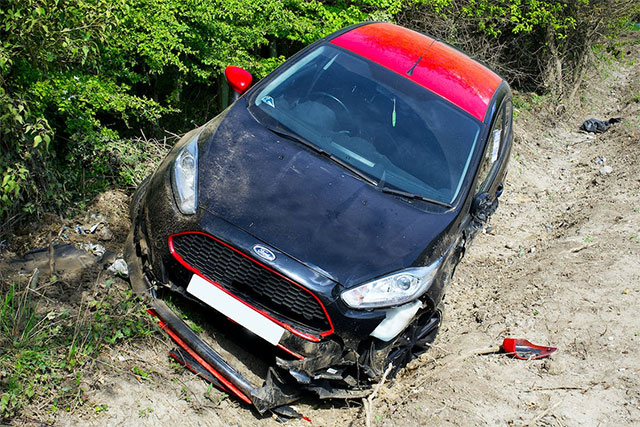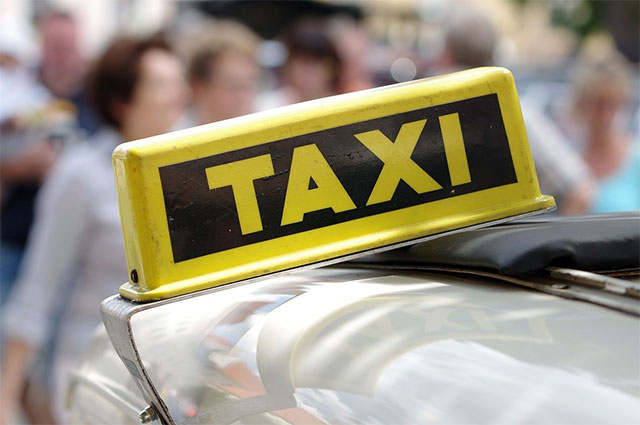Despite the increasing number of modern safety features among new car models, the number of car accidents and fatalities in the US continues to climb.
In a recent survey, the Bureau of Labor Statistics revealed that around 13 car collisions occur every minute. As a result, about 60% of legal disputes involve compensatory damages sustained from vehicular incidents.
Filing lawsuits and pursuing damages are undeniably exhaustive processes. But these steps are necessary if you want to ensure a fair settlement with an insurance provider. By building a compelling case, you’ll receive compensation for the possible losses car accidents cause.
This blog explores the expenses you may recover by filing for substantial damages and how personal injury lawyers can help you successfully win your case.

Table of Contents
What Are Compensatory Damages and What Do They Cover?
Compensatory or substantial damages refer to the compensation awarded by a civil court case for the economic and non-economic losses that a party suffered following a car accident.
There are two main categories of compensatory damages that you can recover from a personal injury claim: special and general damages.
Special damages include medical expenses, property damage, possible loss of earnings, and other economic losses. This award is meant to help victims restore their original disposition before the incident.
On the other hand, emotional distress and other undeterminable losses caused by the accident fall under general damages.
In certain instances, claimants are entitled to punitive damages. This claim would provide additional compensation to injured victims if the at-fault party demonstrated extreme negligence and intentional misconduct.
Suppose a car incident only involved simple negligence like beating the red light; the injured driver will likely collect compensatory damages. But if the at-fault driver was found engaging in malicious misconduct like intoxicated driving, the injured party may file for punitive damages.
Ultimately, you must build a compelling case file to procure your claim. And the best way to do this is to seek the professional help of a personal injury lawyer.
How to File for Compensatory Damages After the Accident
Aside from seeking immediate medical attention after the incident, there are a few steps you need to follow to file for compensatory damages.
1. Gather Information
You must exchange contact information with anyone else involved in the accident. You need to note the names of those involved, their driver’s licenses, and car insurance information.
2. File A Police Report
If you were involved in a serious vehicular incident, we recommend calling the police as soon as possible so you can have the accident properly documented.
Police reports carry great weight in compensatory damage claims. These documents contain information about the accident scenes, the extent of property damages, and possible liabilities.
3. Get A Formal Diagnosis And Prognosis
Your formal diagnosis and prognosis are vital in determining your right to recover damages. Insurers will typically require you to submit a complete medical record to support your settlement demand.
These medical records, including your healthcare bills, will serve as primary evidence of the damage you sustained from the incident.
4. Get Repair Estimates
If there is significant property damage, we recommend having your vehicle inspected by a professional to get an estimate of the possible cost of repairs. Having at least two estimates will further strengthen your settlement claim.
5. Find A Personal Injury Lawyer
Often when the injured party has difficulty reaching an agreement with the at-fault driver’s insurance company, they immediately hire a personal injury lawyer.
Like other civil cases, compensatory damages have a statute of limitation. You must act fast to successfully procure your claim and find a legal representative to help you file your case.
Three Components of A Compelling Case
With the help of a personal injury lawyer, you can successfully establish your right to financial recovery. And as your lawyer builds your case file, they will look into three important factors: accident reports, medical bills, and visual evidence.
1. Accident Reports
If you filed a police report following the incident, your legal representative would use these accident reports to gather important information, like the date and time of the incident.
Using these documents, they can determine the extent of substantial damages they may claim and if the injured party has the right to punitive damages.
2. Medical Bills
Your medical bills and overall diagnosis are imperative to creating a compelling claim. Typically, the scope of your medical care starts right at the scene of the incident and continues until you make a complete recovery, which includes emergency expenses, follow-up medical care, and long-term rehabilitation.
Part of the main responsibilities of personal injury lawyers is to secure the long-term medical expenses of their injured plaintiff. As a result, they would need access to your formal written prognosis to ascertain your future healthcare needs.
3. Factual Evidence
Another important component of your case is factual or visual evidence. Your lawyer will likely ask you if you have any surveillance footage of the incident from your car’s dash cam or your smartphone.
Takeaway
Car accident lawsuits are time-consuming for all parties involved. But if you’ve tried settling with the at-fault party’s insurance provider and can’t reach an agreement, filing for compensatory damages is your next best course of action.
With the help of an experienced personal injury lawyer, you’ll be able to have a strategic claim for compensation against those who harmed you. We recommend seeking consultation with a legal representative to learn more about substantial damages and your legal rights for claiming following a car accident.













